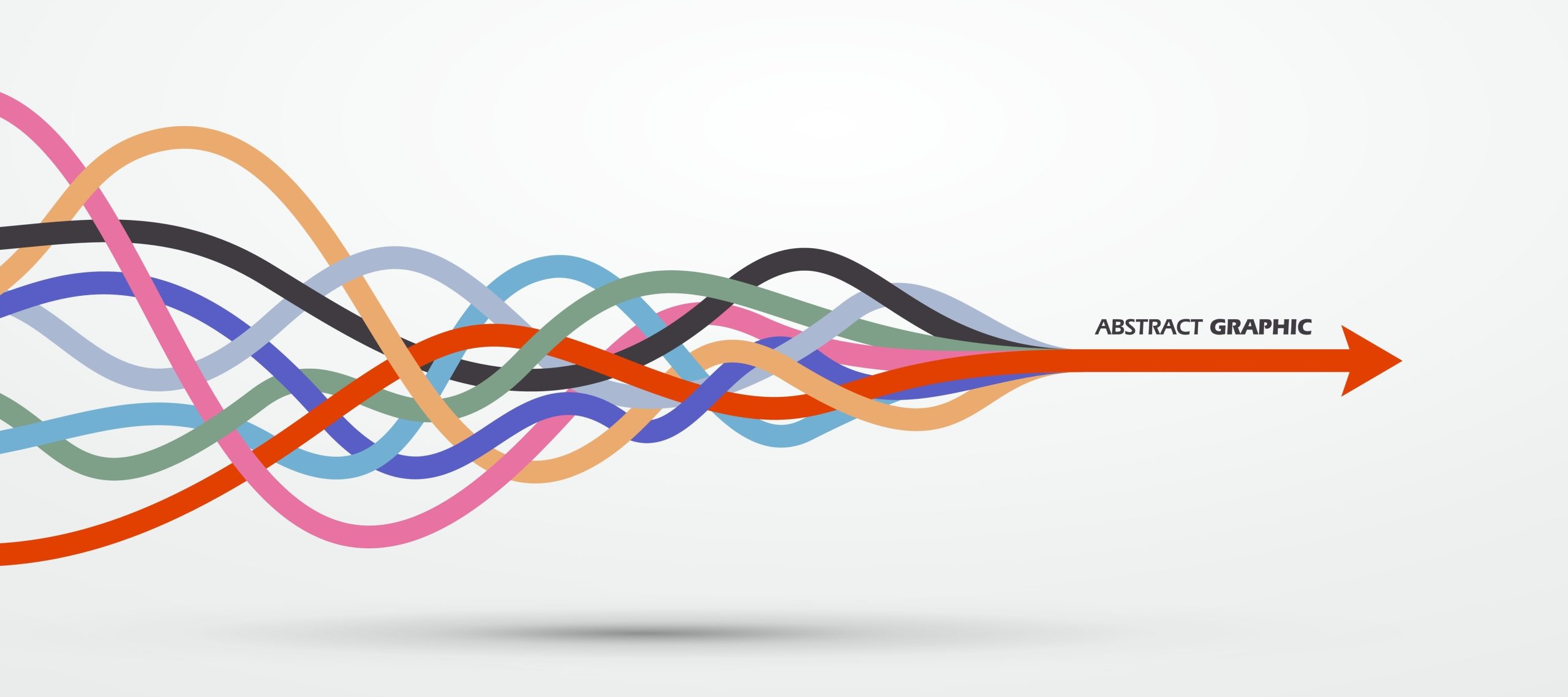
Designing Stakeholder Alignment in Nonprofits with Liberating Structures by Dr. Mark Smutny
In today’s complex nonprofit landscape, achieving alignment among diverse stakeholders—executive directors, board members, staff, volunteers, donors, and the people served—is both essential and elusive. Traditional planning methods often reinforce hierarchy and silence key voices.
At Civic Reinventions, Inc., we champion a different approach: Liberating Structures, a suite of participatory methods that unlock collective wisdom, foster deep alignment, and transform strategic planning into a shared experience.
What Are Liberating Structures?
Liberating Structures are simple, adaptable facilitation techniques designed to include and unleash everyone in shaping the future. They replace conventional formats—like lectures, status reports, or managed discussions—with dynamic, inclusive interactions. Explore the full repertoire at the Liberating Structures official website.
Process Design for Stakeholder Alignment
To implement stakeholder alignment in nonprofits, we use the following eight Liberating Structures. Each method serves a distinct purpose and helps engage different stakeholder groups:
| Structure | Purpose | Learn More |
| Impromptu Networking | Builds trust through brief pair dialogues across stakeholder groups | link |
| Nine Whys | Reveals deep motivation by asking “Why is this important?” repeatedly | link |
| What, So What, Now What? | Facilitates shared reflection and actionable insights | link |
| Min Specs | Defines essential boundaries and strategic priorities | link |
| Troika Consulting | Enables peer coaching to solve real problems | link |
| Ecocycle Planning | Maps current initiatives to guide growth and renewal | link |
| 1-2-4-All | Moves from individual ideas to group consensus | link |
| Open Space Technology | Allows stakeholders to lead discussions on topics they care about | link |
Using Liberating Structures for Stakeholder Alignment Through Workshops and Retreats
Workshop Series
Ideal for: Organizations with time constraints or geographically dispersed stakeholders.
Structure:
- Session 1: Trust & Purpose
- Impromptu Networking
- Nine Whys
- Session 2: Reflection & Prioritization
- What, So What, Now What?
- Min Specs
- Session 3: Innovation & Mapping
- Ecocycle Planning
- Troika Consulting
- Session 4: Vision & Commitment
- 1-2-4-All
- Open Space Technology
Tips:
- Space sessions 1–2 weeks apart
- Use hybrid formats (in-person and virtual)
- Share notes and visual summaries after each session
Stakeholder Retreat
Ideal for: Immersive and accelerated alignment
Structure:
- Day 1: Connection & Purpose
- Welcome circle
- Impromptu Networking
- Nine Whys
- Storytelling from service recipients
- Day 2: Strategy & Innovation
- Ecocycle Planning
- Min Specs
- Troika Consulting
- Open Space Technology
- Day 3: Action & Ownership
- What, So What, Now What?
- 1-2-4-All
- Closing ceremony with commitments
Tips:
- Choose a venue that promotes reflection
- Provide materials in multiple formats
- Work with facilitators trained in Liberating Structures
Engaging All Stakeholders
Ensure meaningful involvement by tailoring Liberating Structures to each group:
- Executive Director & Board → Governance and strategic planning via Ecocycle and Troika
- Staff & Volunteers → Operational alignment through Min Specs and 1-2-4-All
- Donors → Purpose and engagement via Nine Whys and Open Space
- People Served → Lived experience centered in What, So What, Now What? and storytelling sessions
The Outcome
Liberating Structures transform passive planning into co-creation, where alignment is discovered and nurtured collaboratively. When nonprofits embrace this inclusive process, they build resilient teams, unlock innovation, and activate every stakeholder’s leadership.
For support with strategic planning, leadership coaching, or inclusive facilitation, contact me at mark.smutny@civicreinventions.com or visit Civic Reinventions.
Ready to liberate your strategy? Let’s begin.
